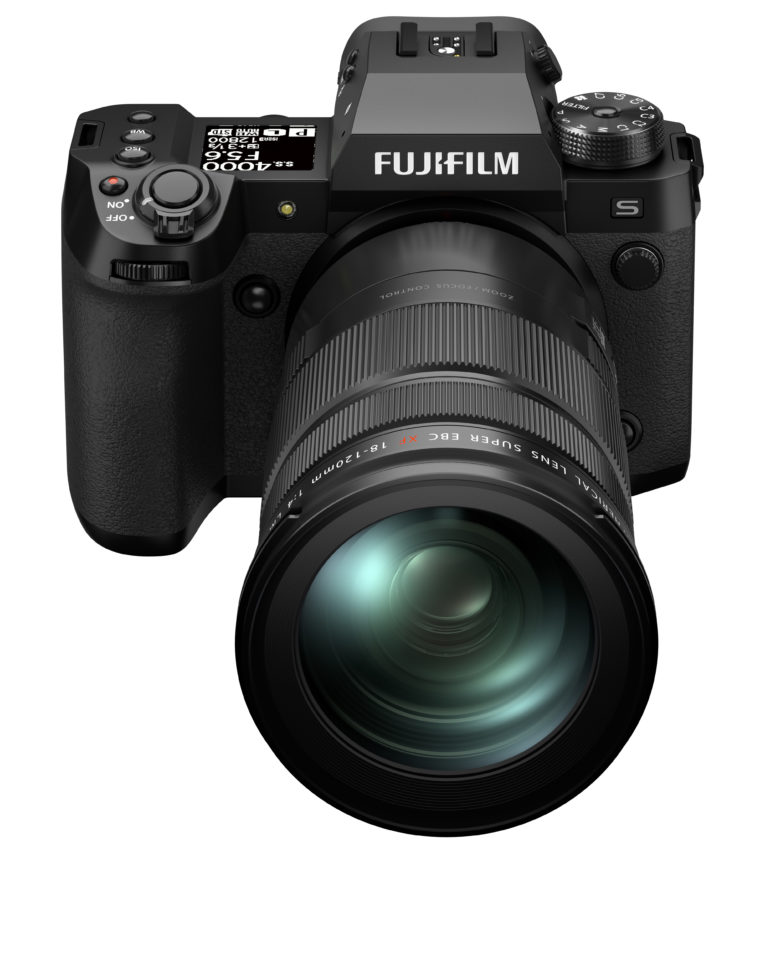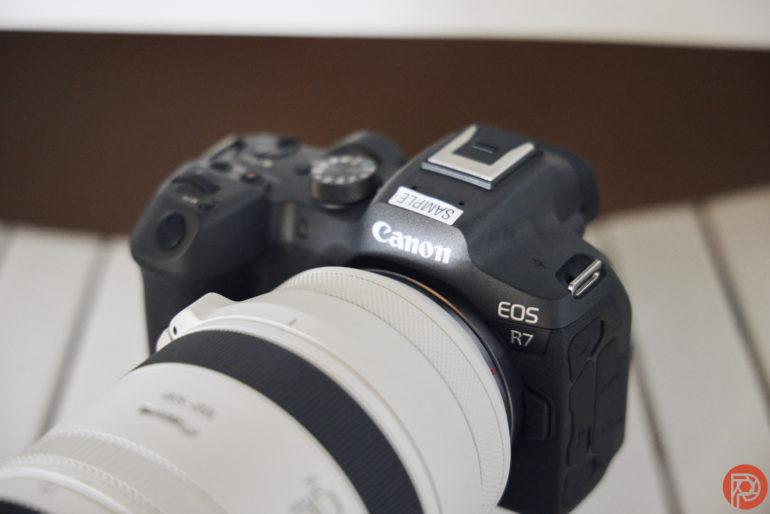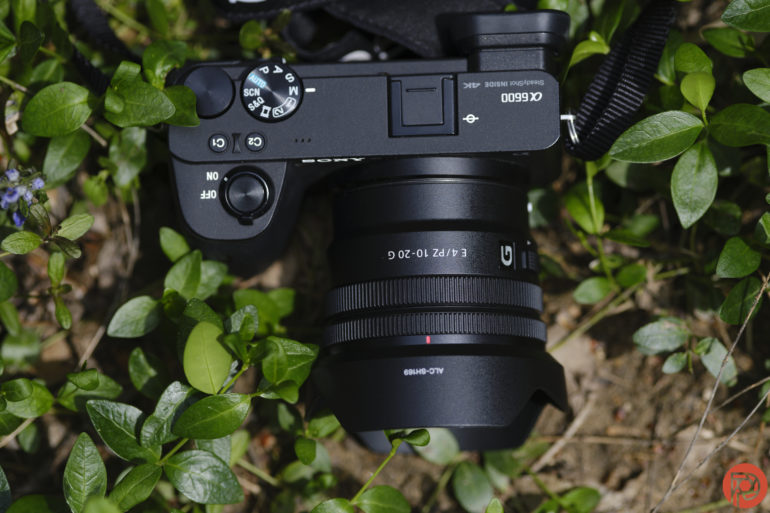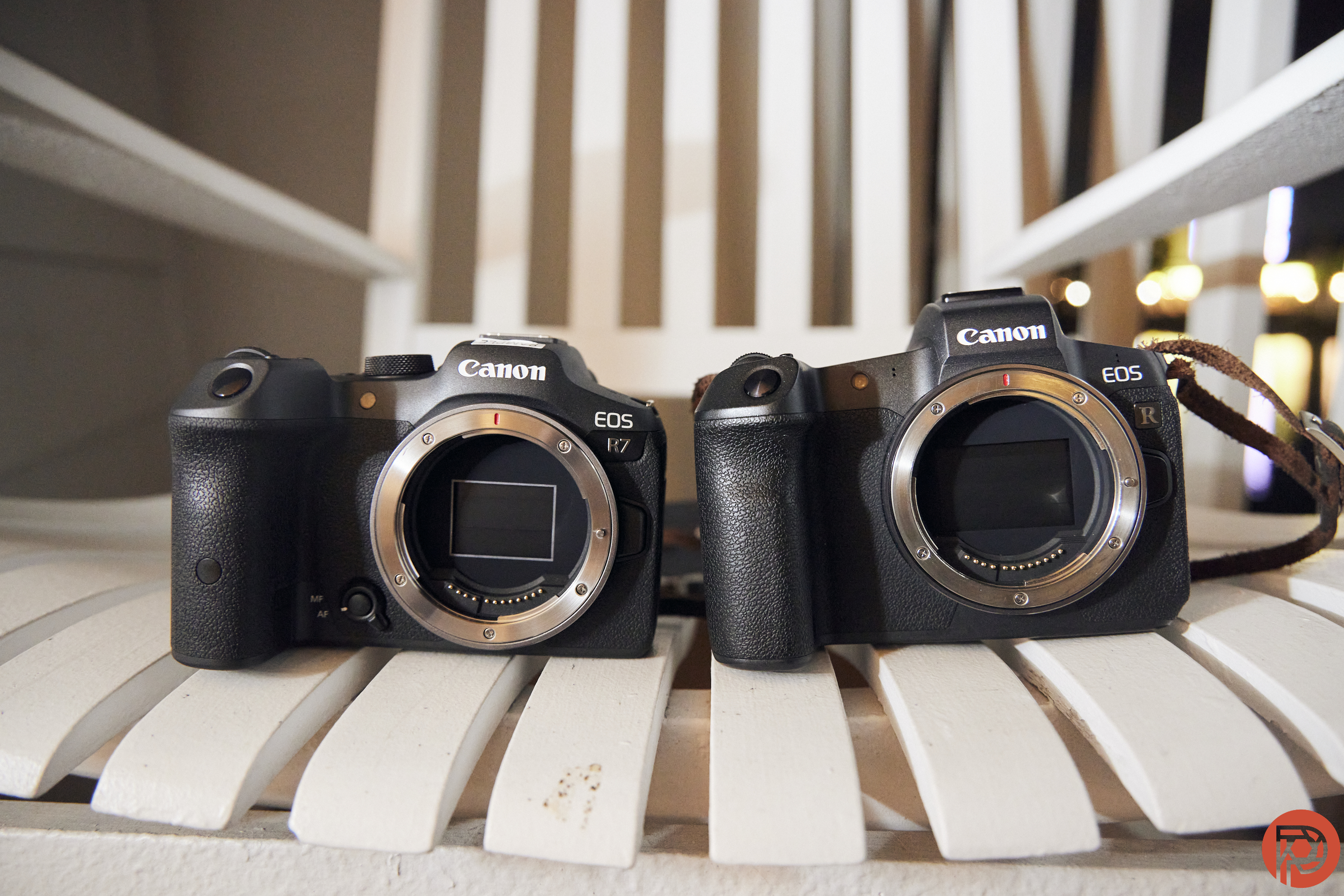APS-C hasn’t received much love over the past few years. The EF-M mount hasn’t seen any development in a long time. Sony, which used to be a big player there, has been focusing on Full Frame, bringing in an entry-level Full Frame (A7c) camera that cannibalizes their own flagship APS-C offering (A6600). It even became difficult to imagine a bright future when Sony halted the production of their ZV-E10 or A6400 in the chaos of the chip shortage. But things are starting to change.
We hate banner ads too. Download our app for iOS, iPad, and Android and get no banner ads for $24.99/year.
It hasn’t been all doom and gloom. Nikon did attempt an interesting push with the launch of the ZFC but didn’t commit with any exciting lens to bring life into that line. Fujifilm was left alone to keep the APS-C dream alive, but even they are splitting effort between the X mount and the GFX. In many ways, the X-T4 was an X-T3 with IBIS. The internet seems disappointed by the “updated” 10-24mm f4 and 27mm f2.8, which were almost just new housings of old optical formulas, thanks to R&D money being diverted to GF glasses. The bottom line is shooting APS-C has not been fascinating… UNTIL NOW!

Things started to move a little at the end of last year. Fujifilm introduced the 18mm, 23mm, and 33mm with improved optics and autofocus. Tamron introduced the 11-20mm f2.8, the first bright wide-angle zoom that looks like an APS-C lens (sorry, the XF 8-16mm f2.8 doesn’t). A few weeks after that, Sigma introduced what can be described as the tiniest f2.8 zoom known to man: the 18-50mm f2.8 DC DN. As far as revival goes, this was only a beginning.
2022 seems to be the year of APS-C development.
- Canon is finally back with not one but two RF mount cameras.
- Viltrox has made serious astrophotography possible on APS-C with the release of a 13mm f1.4.
- Fujifilm is making a statement with the X-H2S.
- Sony has dropped no less than three wide-angle lenses.
In the APS-C vs. Full Frame debate, the smaller format has never enjoyed the same commitment from major manufacturers. APS-C has often lacked options in niche markets like astrophotography or wildlife. This is true no more.
Fujifilm
With the recent releases, the X-H2S and the second generation of Fujifilm lenses are signaling that APS-C is unwilling to concede an inch to Full Frame. Only time (and maybe firmware) will tell if Fujifilm can now compete on autofocus for both stills and video. They need to pursue the renewal of their lenses and maybe bring a few specialty options in, like Astro or Tilt-Shift primes.
Canon

We are curious to see if Canon will commit to high-performing and moderately priced APS-C RF lenses. Adapting Full Frame is not only extremely expensive but defeats the size advantage most of us are looking for. Besides, the crop factor is making some popular focal lengths unattainable. For example, there is currently no 24mm prime that will translate into a 35-ish field of view on APS-C. Sharing RF mount autofocus protocols could help create options from Tamron, Sigma, and Viltrox and make those bodies more appealing. But we know Canon is not interested in spilling the beans just yet.
Nikon
Nikon has yet to introduce a compelling lens lineup that can rival what Sony did on APS-C. The Nikon ZFc might be a beautiful little thing, but you will not want to stick a 2-pound lens on that body; there is simply no way to hold it. For the longest time, Canon and Nikon have been giving scraps to APS-C shooters in the name of segmenting the market and protecting Full Frame lines, but Sony has proven you can have both and still manage to make everybody happy.
Sony
Sony may not have the most incredible technology in their APS-C bodies, but they show just enough to keep you interested while providing an upgrade path to Full Frame glory if interested. They remain unmatched in the size and weight argument. Look at the 10-20mm F4 power zoom. It makes Fujifilm equivalent look gigantic. Thanks to third-party support, the lens selection is extensive enough to keep people in the ecosystem even if they don’t want to upgrade to Full Frame bulk and cost.

A few years back, the likes of Canon RP, Nikon Z5, and a discounted Sony A7II made us think Full Frame would get low enough to ultimately kill APS-C. But there’s a limit to how low you can go even with recycled tech, poor EVF and limited specifications. Most prosumers don’t want to spend more than $500 on a lens or $800 on a body, and most passionate photographers don’t want to carry more than three pounds for their entire kit. We are learning that APS-C is here to stay, and thankfully, APS-C shooters are not giving up much nowadays.


